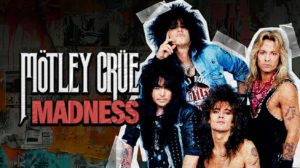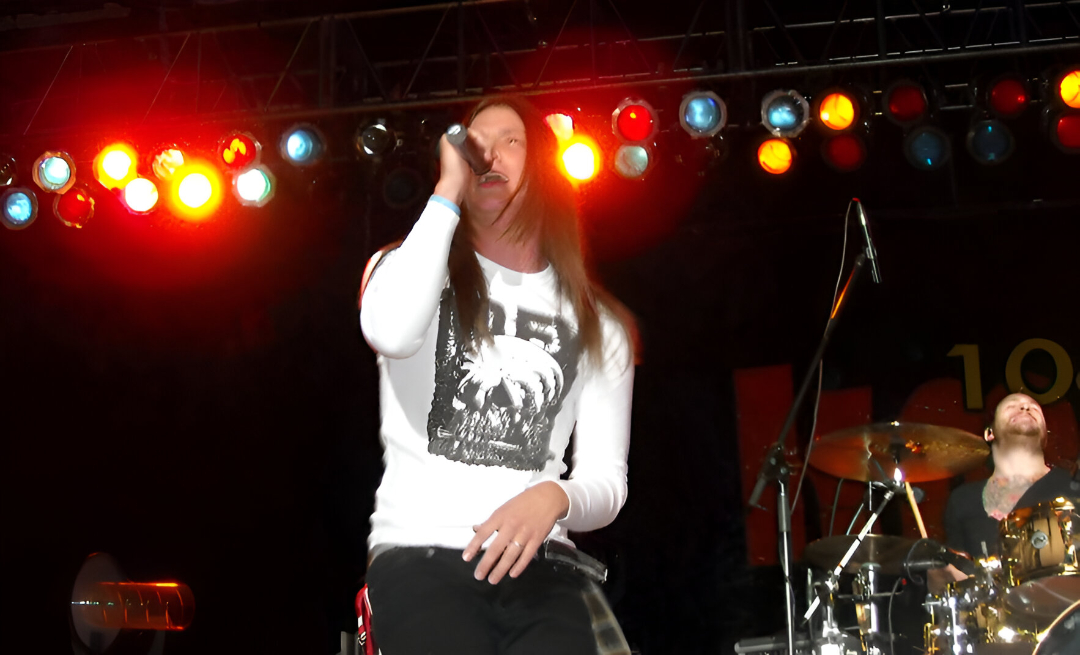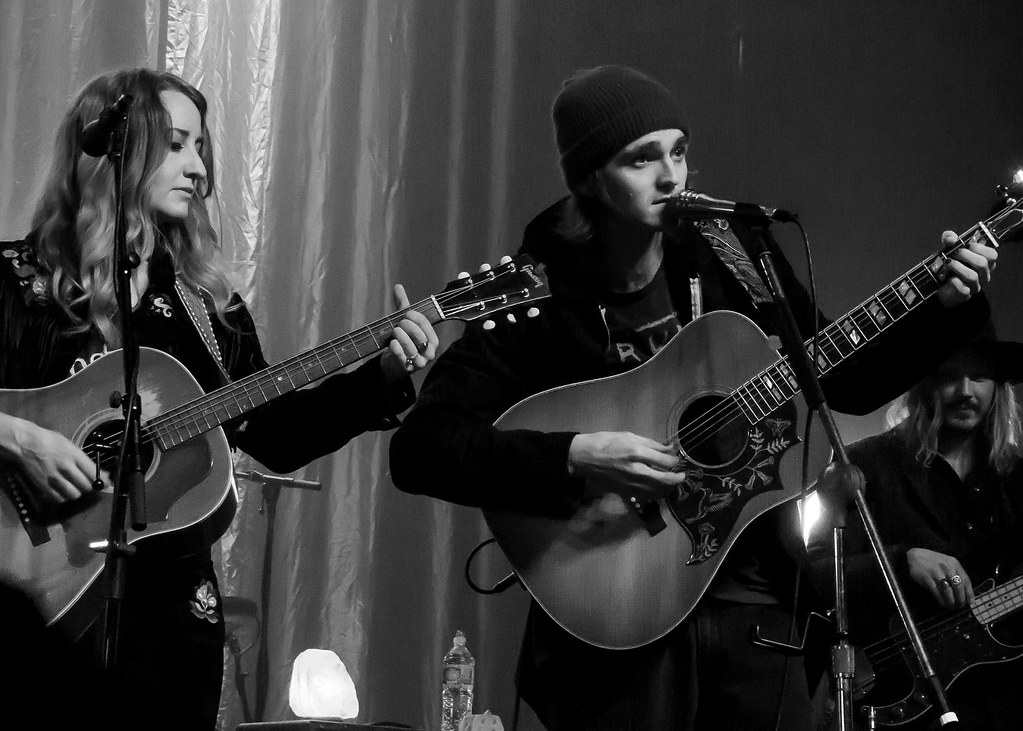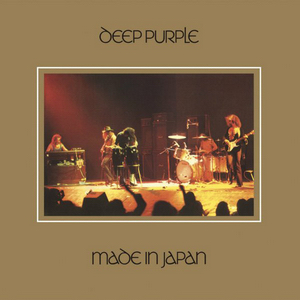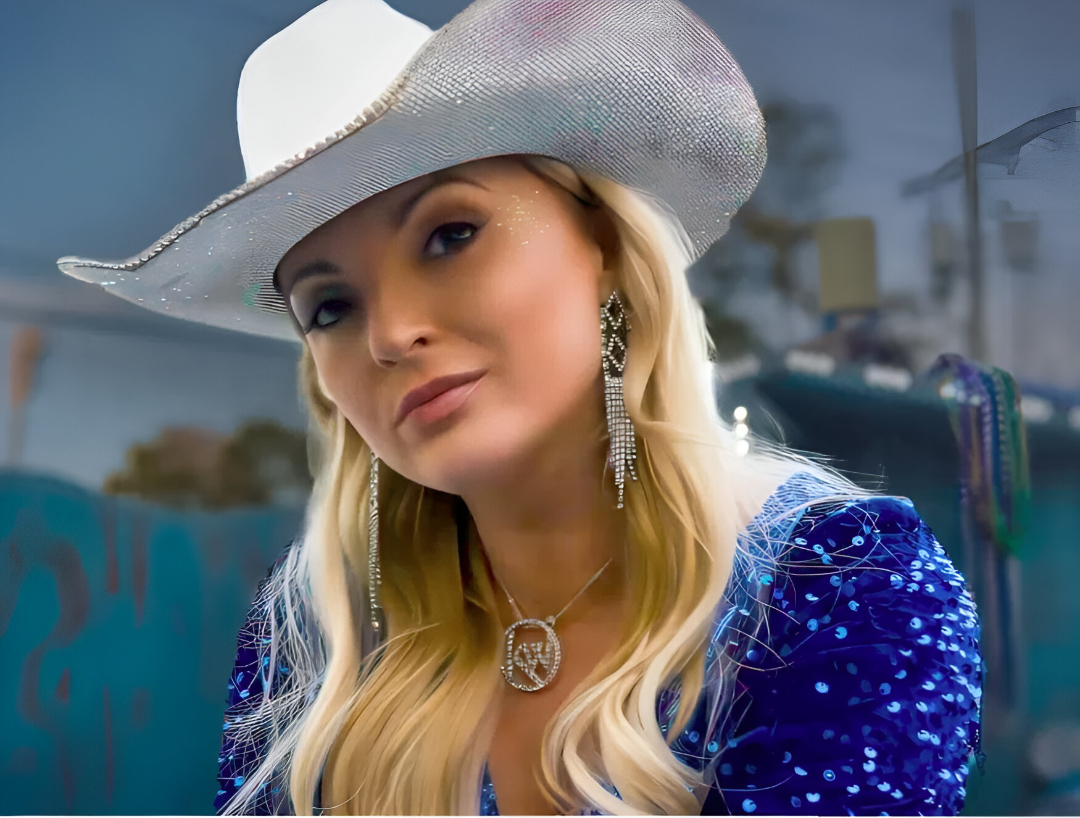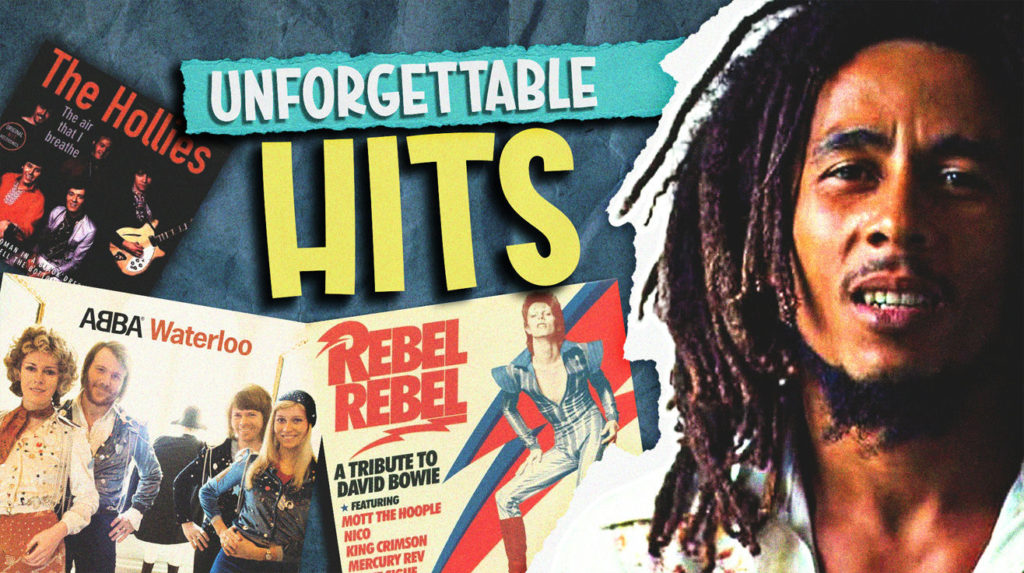
While Nixon packed his bags and gas lines stretched for miles, 1974 shattered musical boundaries like a punk smashing a guitar on stage. The year’s soundtrack carved new paths between hippie idealism and disco’s glittery escape hatches. Artists transcended hit-making—they forged survival tools for a generation caught between Watergate cynicism and economic free-fall.
These tracks exceeded radio dominance; they rewrote the cultural code. Men stuttered on purpose, women sang openly about sex, and musical outsiders crashed the mainstream party. Each song tore through the polite facade of mid-70s culture like a chainsaw through velvet.
10. Rock Your Baby – George McCrae

Before TikTok dance trends or Spotify algorithms, George McCrae’s May 1974 release rewired dance music’s DNA with a drum machine heartbeat that would change everything. This track emerged as ground zero for the disco pandemic that would infect the entire planet. The song bulldozed its way to number one in America and the UK and moved 11 million units when that actually meant something.
McCrae’s falsetto floated over that mechanical pulse like a ghost haunting the machines that would eventually replace studio musicians. The stripped-down production smuggled Black club culture into suburban living rooms under the guise of an innocent love song. Among the underrated 70s hits that shaped the future of dance music, this one remains a blueprint—minimal, soulful, and quietly revolutionary.
9. You Ain’t Seen Nothing Yet – Bachman Turner Overdrive
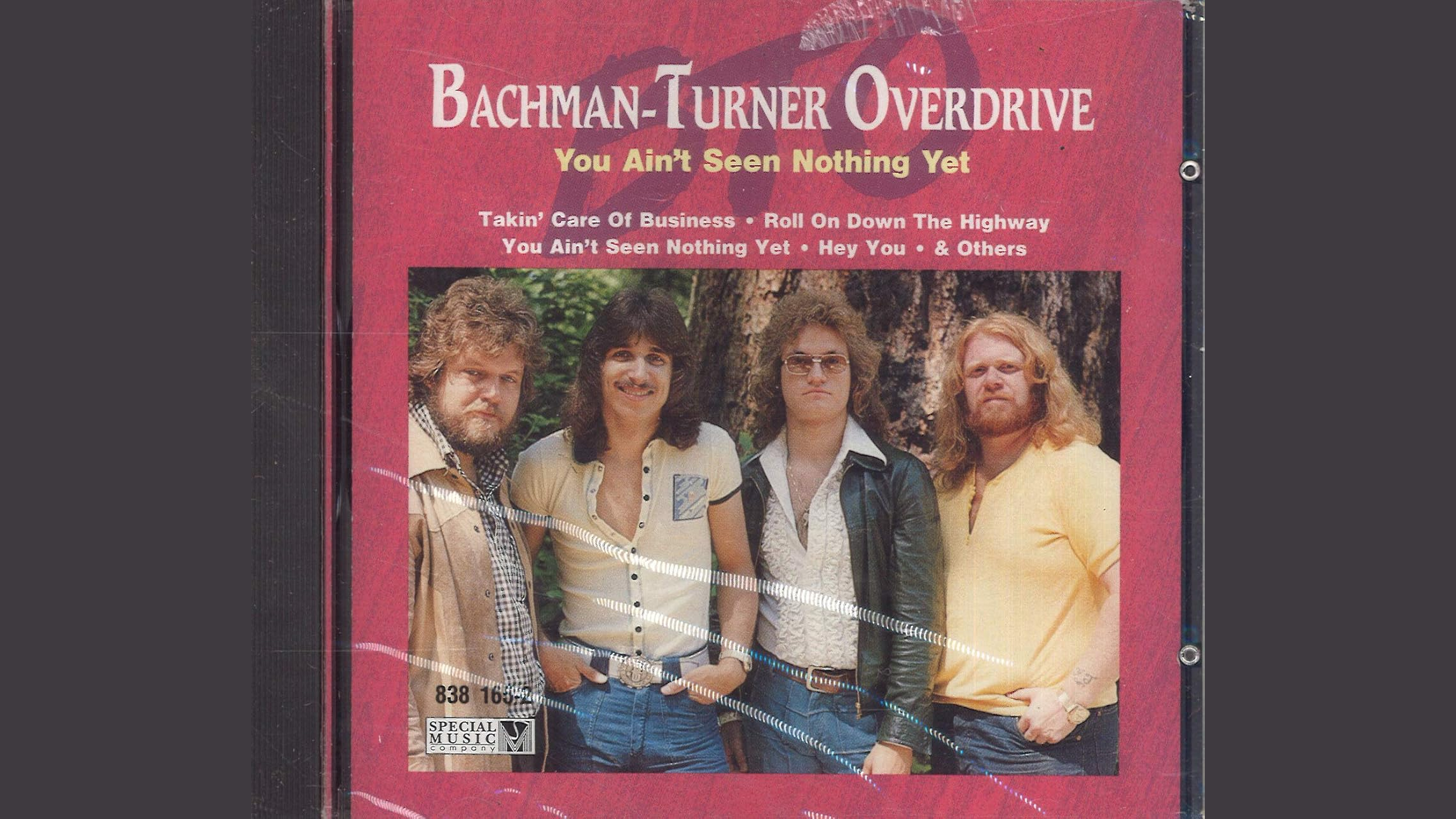
BTO roared into 1974 like a hockey player checking an opponent into the boards—pure Canadian muscle wrapped in radio-friendly packaging. What started as Randy Bachman’s private joke—a stuttered vocal track mocking his brother’s speech pattern—became the hook that launched a thousand air guitar solos in teenage bedrooms across America. The record label suits recognized gold and refused to let Bachman re-record the vocals.
The song bulldozed its way to #1 with a guitar riff simple enough for anyone to play but infectious enough to never leave your brain. This stood apart from pretentious prog-rock or glitter-smeared glam—it was working-class music for kids whose parents punched timeclocks. BTO accomplished the impossible: creating rock simultaneously heavy enough for metalheads yet catchy enough for the AM radio in mom’s station wagon.
8. Waterloo – ABBA

When four Swedes in platform boots stormed Eurovision in April 1974, they surpassed mere competition in a cheesy contest—they engineered a cultural invasion that would make Vikings look like amateurs. “Waterloo” weaponized joy in a post-oil crisis world where smiling felt rebellious. Released March 4 and crowned winner on April 6, the song moved five million units globally when record executives still believed pop had to speak American or British.
Behind those matching outfits lurked production wizardry that would influence everything from 80s synthpop to modern K-pop. The song’s genius lay in its perfect calibration—heavy enough for glam-rock kids, danceable enough for disco devotees, and catchy enough for grandparents to hum while washing dishes. No wonder it’s one of those 70s songs sung during karaoke nights, decades after its triumphant debut.
7. Rebel Rebel – David Bowie

On February 15, 1974, as Nixon’s presidency crumbled, Bowie unleashed a two-chord revolution that told gender norms to buzz off. The track’s raw guitar hook—played by Bowie himself—cut through radio waves like scissors through gender-conforming clothing. This song served as a permission slip for kids trapped in suburban bedrooms to color outside society’s lines. The track hit #5 in the UK and became the skeleton key unlocking countless queer identities.
As the final flare from Bowie’s glam rocket before he shape-shifted into plastic soul, “Rebel Rebel” stands as both tombstone and birth announcement. The simple structure masks its cultural depth—a song that reaches through speakers like a hand grabbing your collar, demanding you question everything about who you’re supposed to be.
6. Lady Marmalade – Labelle
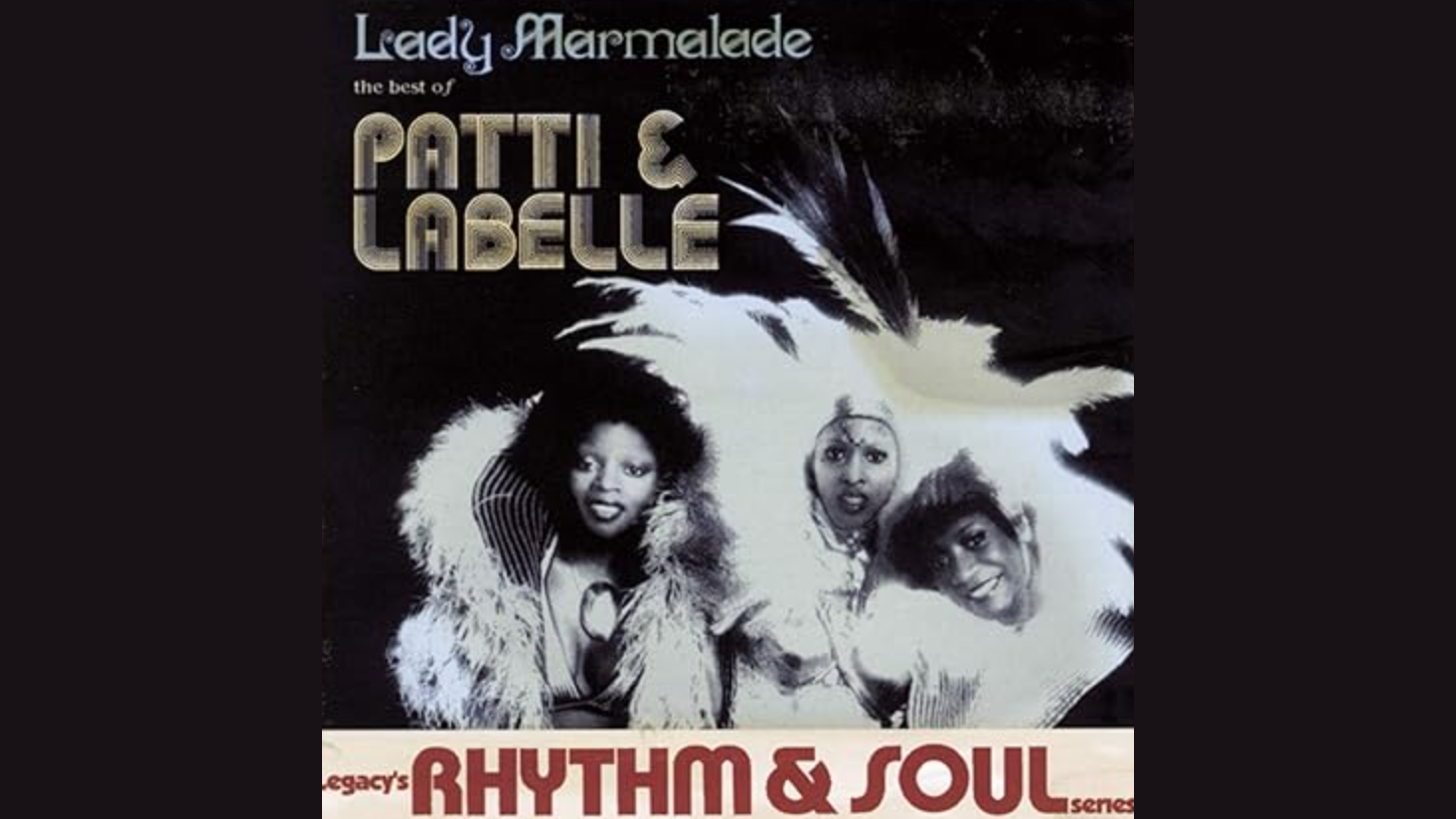
Three Black women in space-age costumes masterfully transported female sexual agency past radio censors like jewel thieves slipping diamonds through security. Released November 1974, Labelle’s anthem about a New Orleans worker strutted to #1 by March 1975 while singing explicitly in French—a linguistic loophole that let middle America dance to lyrics they’d clutch pearls over if translated. The song accomplished the ultimate magic trick: making mainstream America groove to female sexual autonomy.
Patti LaBelle’s otherworldly vocals didn’t ask permission to take up space—they demolished doors slammed in Black women’s faces for decades. The production fused New Orleans funk with proto-disco elements, creating a sonic template that echoed through dance music for generations. While male rockers sang about conquests without consequence, “Lady Marmalade” flipped the script by centering female desire.
5. Sweet Home Alabama – Lynyrd Skynyrd
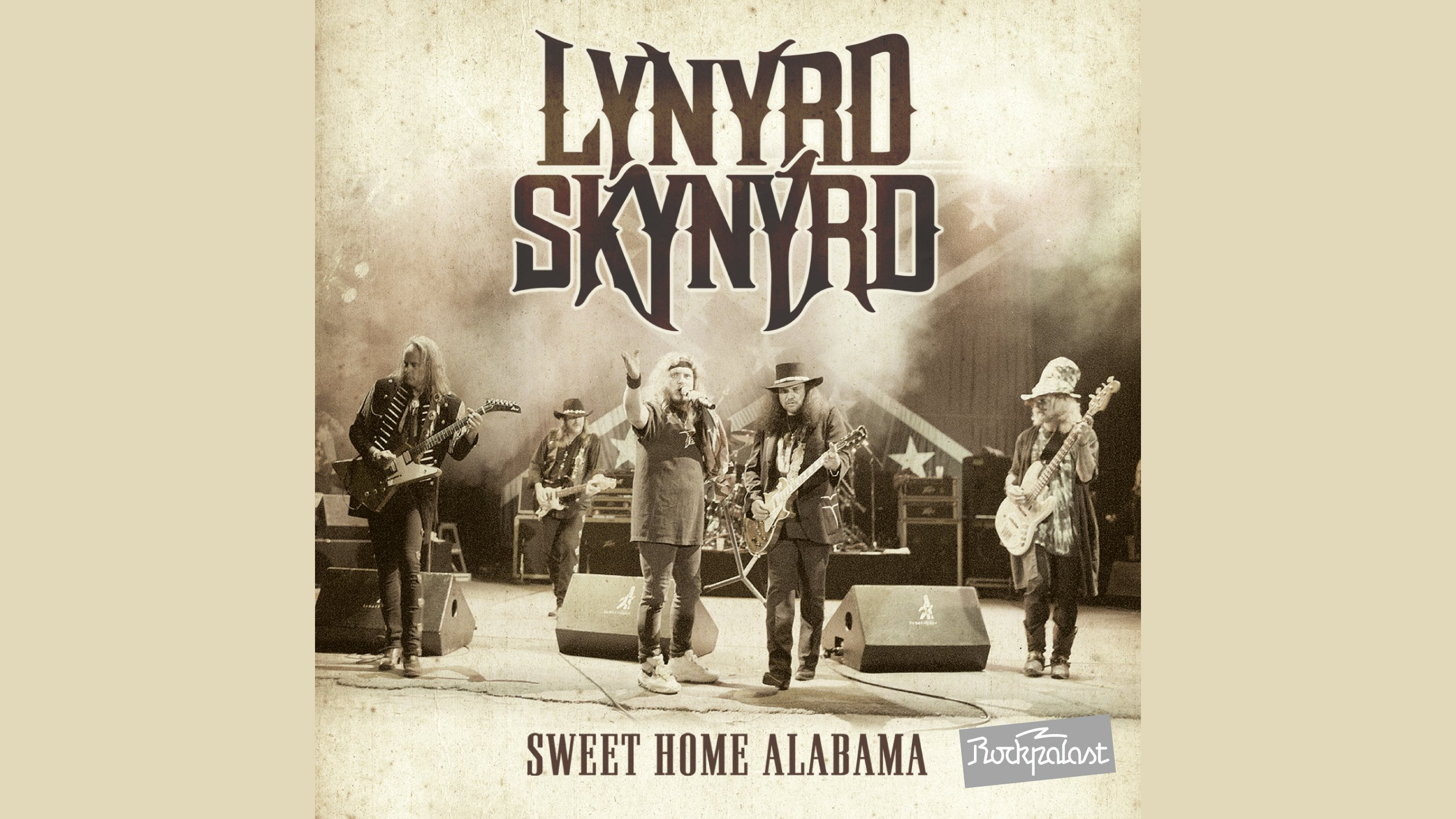
As Watergate dominated headlines on June 24, 1974, Lynyrd Skynyrd unleashed a three-guitar missile into the culture wars. That opening riff functions like a musical Rorschach test—revealing your politics within seconds. The song soared into the Billboard Hot 100 at #8 while transforming regional identity into a radio-friendly battle cry. Its creation emerged as explicitly political—a Southern response to Neil Young’s “Southern Man.”
Behind its simple celebration of Southern pride lurks contradictions as complex as the South itself. The three-guitar assault by King, Rossington, and Collins established a template for Southern rock countless bands would copy but none could replicate. Its afterlife—blasting at NASCAR races and weddings—has flattened its nuances into bumper-sticker simplicity. Yet the song remains musical quicksand: the more you struggle with its politics, the deeper you sink.
4. No Woman No Cry – Bob Marley
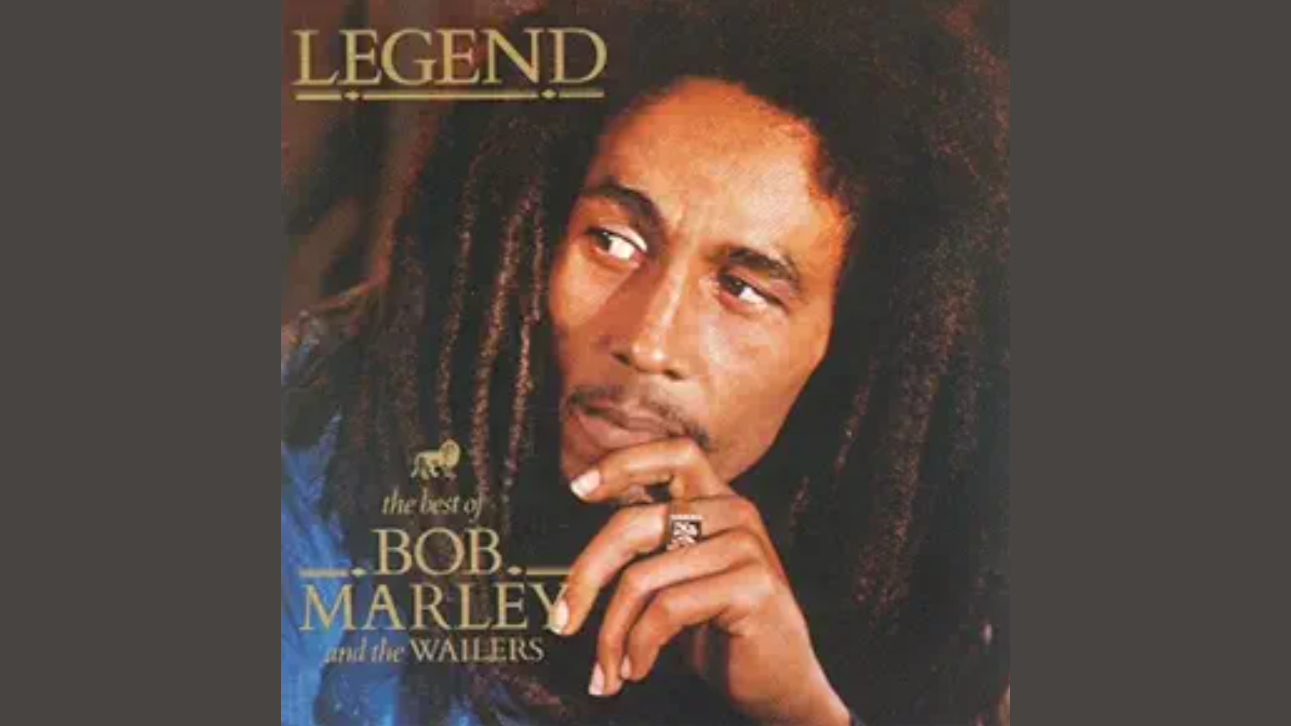
Mainstream radio stations pushed saccharine love songs while Marley delivered a reggae lullaby born from Kingston’s Trenchtown that would comfort people on every continent. Released on October 25, 1974 on the album “Natty Dread,” the studio version merely planted the seed—it was the explosive live recording at London’s Lyceum in July 1975 that grew into a global shelter. The song’s genius lies in its simplicity—a chord progression so basic a beginner could play it, carrying lyrics profound enough for revolutions, funerals, and births.
The music industry tried to package reggae as exotic island music for tourists, but Marley transported authentic Jamaican truth past these gatekeepers. When Western audiences first heard that chord progression, they experienced more than entertainment—they received coded dispatches from a world colonialism had created then conveniently ignored.
3. Killer Queen – Queen

As hard rock doubled down on machismo in October 1974, Queen arrived with a piano-driven Trojan horse loaded with operatic harmonies and champagne references. The track ascended to #2 in the UK and cracked the US top 12, announcing Mercury’s arrival as rock’s most theatrical disruptor. Rather than growling about conquests, Mercury crafted a character study of a high-class sex worker that played like Oscar Wilde with guitar solos—elegant, witty, and dangerous.
Brian May’s layered guitars created sonic tapestries where others hammered riffs, while Mercury’s intricate vocal arrangements transformed the band into a rock orchestra. The production moves with the precision of ballet performed in platform boots—every note deliberately placed yet feeling spontaneous. This track boldly declared that Queen would never be confined by rock’s rigid boundaries.
2. This Town Ain’t Big Enough for Both of Us – Sparks

British audiences embraced this musical espresso shot—concentrated, bitter, and impossible to ignore—while American radio played it safe. Released in April 1974, Sparks’ art-pop gunfight reached #2 in Britain while barely registering stateside, proving cultural boundaries remained intact despite shared language. Russell Mael’s falsetto went beyond masculine vocal boundaries—it obliterated them entirely. Meanwhile, Ron Mael’s keyboard work and Hitler-mustache-minus-ideology visual presentation made audiences deliciously uncomfortable.
The song unfolds like a Broadway musical colliding with a rock concert and condensed into three manic minutes. Its structure rejected verse-chorus predictability for dramatic tension that felt more cinematic than musical. American radio programmers, allergic to anything challenging audience expectations, mostly ignored it. Yet its DNA flowed into the New Wave movement that would explode years later.
1. The Air That I Breathe – The Hollies

Amid the cacophony of 1974’s sonic landscape, The Hollies offered a masterclass in vulnerability wrapped in orchestral silk. The song floated into the top 10 on both sides of the Atlantic—#2 UK and #6 US—proving sometimes a whisper cuts deeper than a scream. Its deceptive simplicity—a straightforward melody carried by pristine harmonies—disguises sophisticated emotional architecture. The production creates a sonic cathedral where listeners shelter from outside chaos.
The song’s DNA proved so potent that Radiohead inadvertently sampled its genetic material for “Creep” decades later, resulting in a copyright settlement. While rock historians focus on the louder, more aggressive sounds of 1974, this track represents the quiet revolution happening in recording studios—where producers like Ron Richards built soundscapes of increasing complexity.





